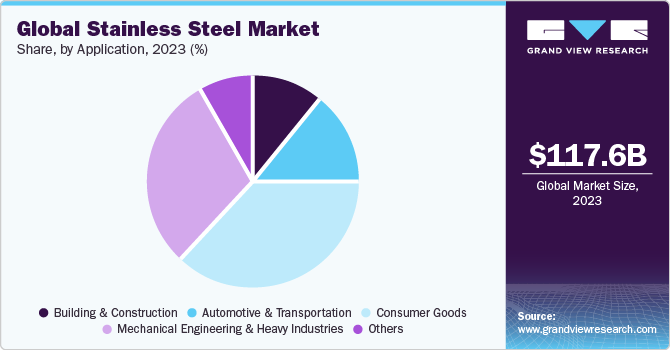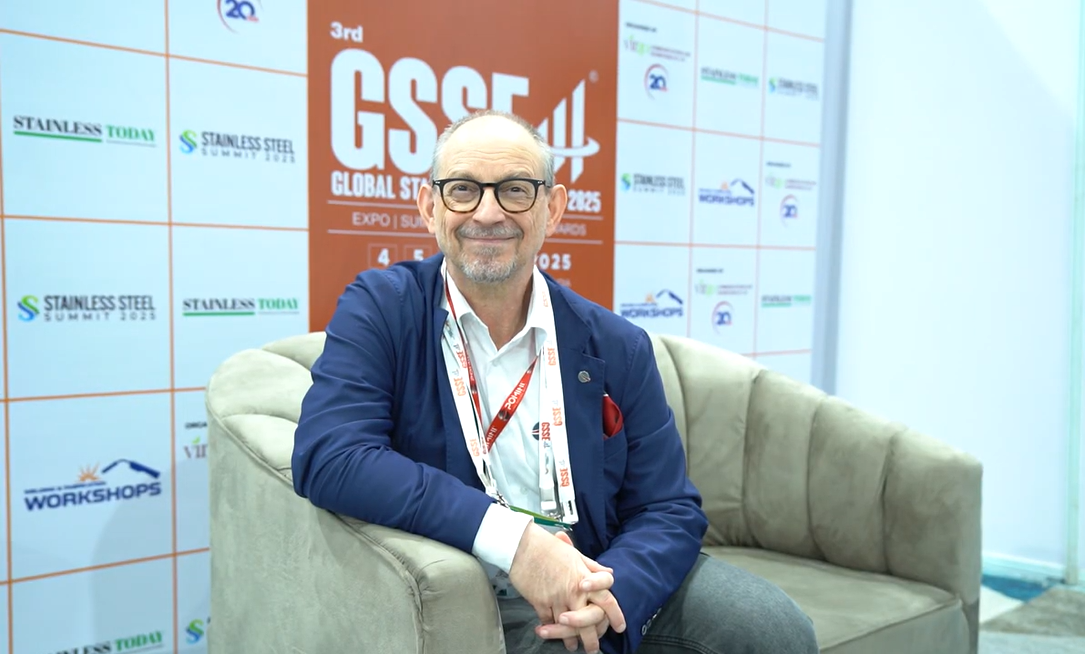Top 5 trends to know about the future of stainless steel

Let’s look at the top 5 trends in stainless steel to watch out for in the coming decade.
According to a report by Grand View Research, “The global stainless steel market size was estimated at US$ 117.63 billion in 2023 and is expected to reach USD 126.36 billion in 2024. It is expected to grow at a compound annual growth rate (CAGR) of 6.7 per cent from 2024 to 2030. Private and public investments in infrastructure, as well as residential housing are likely to provide a boost to stainless steel demand. Stainless steel is an important material in industrial applications, such as building and construction, infrastructure, railways, automotive and transportation and process industries.”
The report also cited that the key factors that are driving the stainless steel market are incessant volume production in automotive industry along with rising consumer goods demand in emerging countries like India. Some of the key players operating in the stainless steel market include Acerinox S.A., Aperam Stainless, ArcelorMittal, Baosteel Group, Jindal Stainless, Nippon Steel Corporation, Outokumpu, POSCO, ThyssenKrupp Stainless GmbH and Yieh United Steel Corp.

Let’s look at the top 5 trends in stainless steel to watch in the coming decade:
As industries across the globe shift towards sustainability, innovation, and efficiency, stainless steel continues to play a pivotal role in modern manufacturing and infrastructure. Known for its durability, corrosion resistance and versatility, stainless steel is a critical material in sectors ranging from construction to healthcare. In the coming decade, five key trends are set to shape the future of stainless steel.
1. Sustainability and green manufacturing
One of the most significant trends driving the future of stainless steel is the focus on sustainability. As global initiatives push for reduced carbon footprints and eco-friendly practices, manufacturers are adopting green technologies in stainless steel production. This includes the use of electric arc furnaces, which consume significantly less energy and reduce carbon emissions. Additionally, stainless steel’s recyclability makes it a sustainable choice, as it can be reused without losing its properties, contributing to the circular economy.
2. Growth in renewable energy
The renewable energy sector is poised to be a major driver of stainless steel demand. From wind turbines to solar panel frames, stainless steel is an essential material due to its strength, resistance to harsh environmental conditions, and low maintenance requirements. Offshore wind farms, in particular, benefit from stainless steel’s ability to withstand corrosive saltwater environments. As the world shifts toward renewable energy sources, the need for stainless steel in this sector will only increase.
3. Expansion in urban infrastructure
Rapid urbanization and the need for resilient, sustainable cities are driving the demand for stainless steel in infrastructure. Its corrosion resistance, strength, and aesthetic appeal make it ideal for modern buildings, bridges and transportation systems. As governments and private sectors invest in smart city projects, stainless steel will become integral in constructing long-lasting, low-maintenance structures that can withstand the test of time.
4. Advancements in healthcare and medical equipment
In the healthcare sector, stainless steel’s non-porous surface, durability and resistance to bacteria make it the material of choice for medical devices, surgical instruments and hospital infrastructure. The demand for stainless steel in this industry is expected to rise as the global population ages and healthcare technology advances, requiring more sophisticated and sterile equipment.
5. Innovation in alloy development
Technological advancements in metallurgy are leading to the development of new stainless steel alloys with enhanced properties. These innovations are designed to meet the specific needs of industries like aerospace, automotive and electronics, where materials must withstand extreme conditions. The next decade will likely see more specialised stainless steel variants that are lighter, stronger and more resistant to corrosion.

While the future of stainless steel is bright, with sustainability, technological advancement and expanding market demands shaping its trajectory, stainless steel is also instrumental in the economic growth of India as a global market. Be it production or consumption, India is poised to be at the forefront of global expansion of stainless steel.










